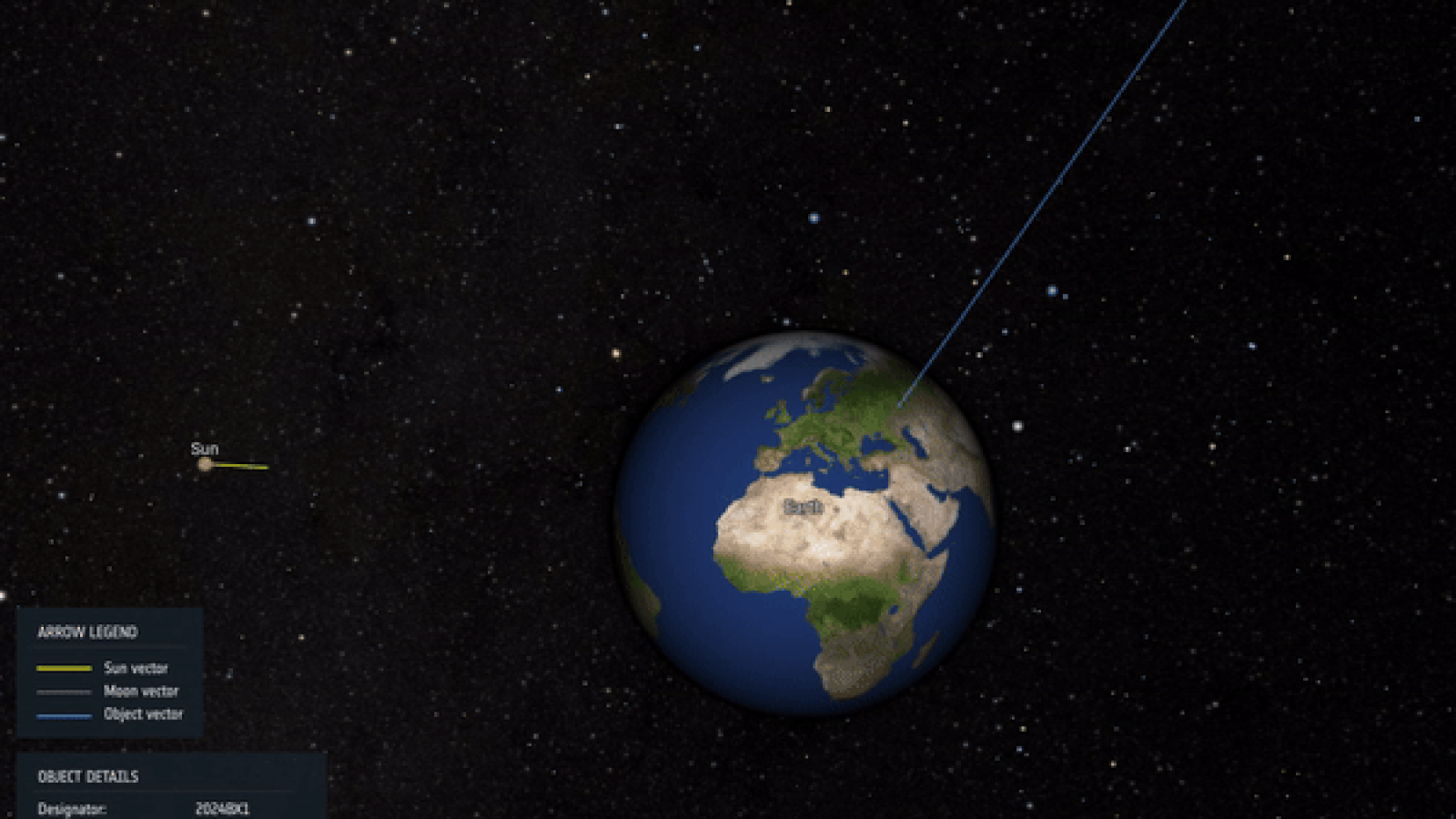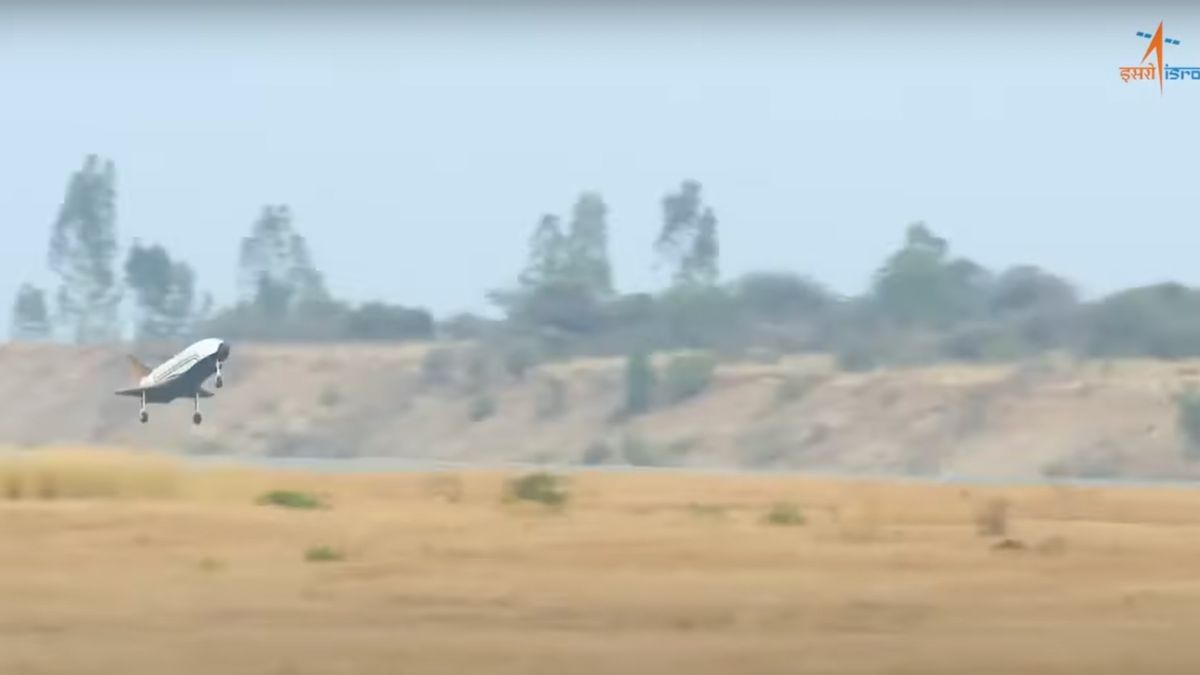Asteroid 2024 BX1: The Fastest-Spinning Near-Earth Object
An asteroid that entered Earth’s atmosphere above Germany in January has provided researchers with valuable insights into the behavior of near-Earth objects. This particular space rock, designated as 2024 BX1, became a blazing fireball that detonated over Berlin during the early hours of January 21. Unlike many asteroids that are only detected upon atmospheric impact, scientists were able to spot this one approximately three hours prior to its collision.
An Unusual Discovery
Research indicates that 2024 BX1 exhibited characteristics that set it apart from other asteroids. The findings, outlined in a paper published on the arXiv preprint database on April 5, suggest that this asteroid, traveling at an astounding speed of 31,000 mph (50,000 km/h), was rotating at a remarkable rate of once every 2.6 seconds. This rate of rotation is unprecedented for an asteroid in the realm of near-Earth objects. Prior to this discovery, the record for the fastest-spinning asteroid was held by an asteroid named 2020 HS7, which had a rotation period of 2.99 seconds.
The smaller size of 2024 BX1, measuring between 13 and 24 feet (4 to 8 meters) in diameter, likely contributed to its faster rotation speed in comparison to larger asteroids. Lead author Maxime Devogèle, a physicist affiliated with the University of Central Florida and the European Space Agency, explained that smaller asteroids are more likely to rotate faster due to their compact nature and internal strength.
New Rotational Observation Technique
Devogèle and his team utilized a novel approach to observe the rotational speeds of asteroids like 2024 BX1. By adjusting the aperture size of their camera to maintain focus on the background stars while capturing the asteroid as a streak of light, they were able to visualize the high rotational velocity of these celestial objects. In their study, they also examined two other asteroids, 2023 CX1 and 2024 EF, which had close encounters with Earth on February 13, 2023, and March 4, 2024, respectively.
Through their innovative technique, the researchers could track the bright spots along the path of 2024 BX1 as it spun on its axis. Analysis of the brightness variations provided insights into the asteroid’s elongated shape and rotation. The team calculated a rotation time of 2.588 seconds for 2024 BX1, translating to approximately 33,000 rotations per day.
Implications for Planetary Defense
Understanding the rotational speeds of asteroids that pass near Earth is crucial for assessing potential hazards that these objects pose to our planet and its inhabitants. By leveraging advanced observational methods like those developed by Devogèle and his colleagues, scientists can gather invaluable data to enhance our ability to predict and mitigate the risks associated with near-Earth asteroids.
Research into the behavior and characteristics of asteroids like 2024 BX1 not only expands our knowledge of these cosmic entities but also underscores the importance of continued vigilance in monitoring near-Earth objects for the safety and security of our planet.
Image/Photo credit: source url





